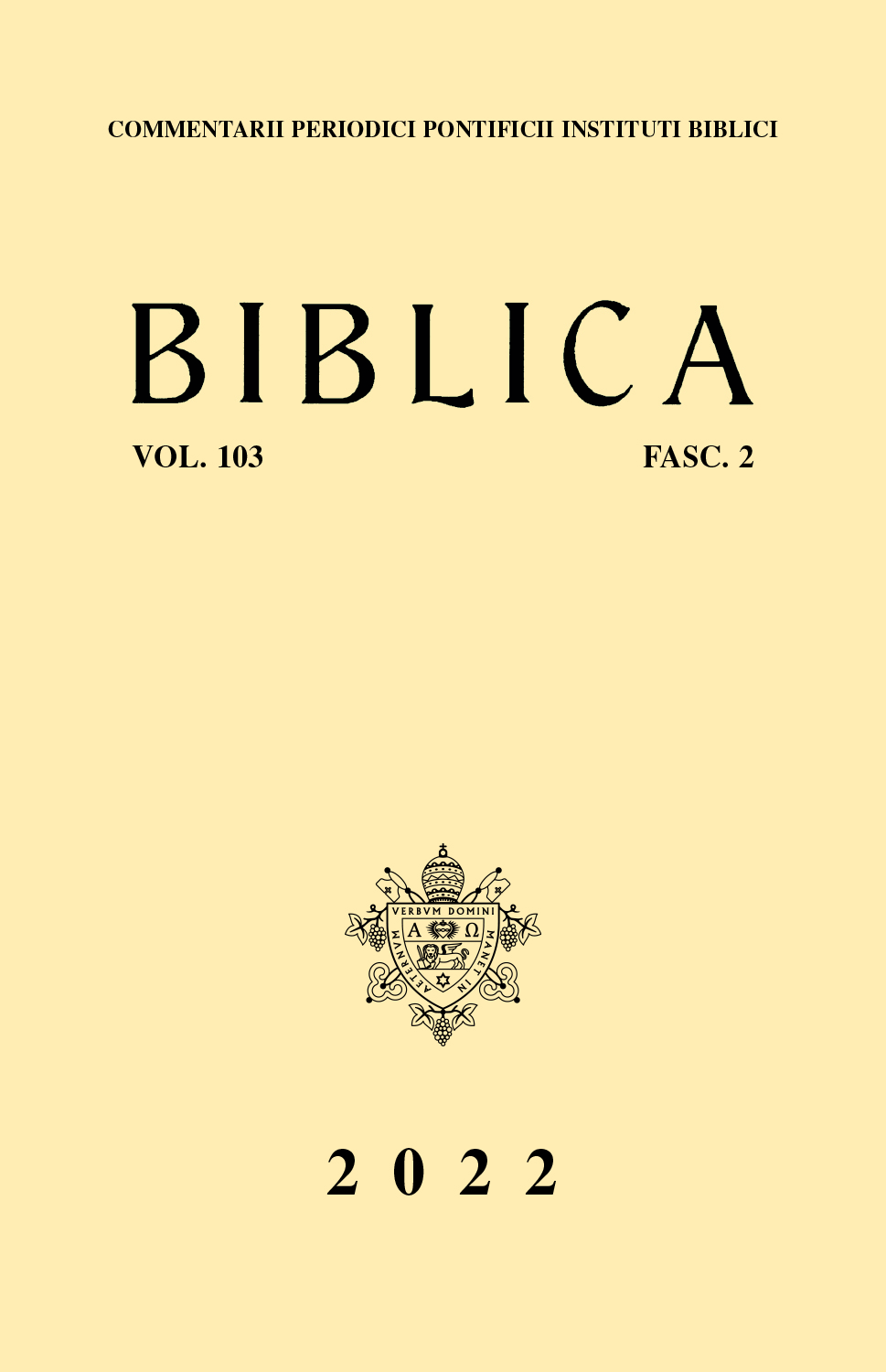 previous article in this issue previous article in this issue | next article in this issue  |

Preview first page |
Document Details : Title: 'Reference Time' in Some Biblical Temporal Constructions Author(s): VAN DER MERWE, C.H.J. Journal: Biblica Volume: 78 Issue: 4 Date: 1997 Pages: 503-524 DOI: 10.2143/BIB.78.4.3212112 Abstract : This study sets out to explain why Biblical Hebrew distinguishes three syntactically different temporal constructions which apparently have, from a sentence semantic point of view, the same meaning. For these purposes it utilises, firstly, the concept (current) reference time as developed by English grammarians and, secondly, aspects of the results of a major study of BH word order by Walter Gross to determine the difference between topicalised, sentence final and temporal constructions separated by a wāw from the rest of the clause (they are supposed to be part of). It then establishes the following: (1) The difference between topicalised and sentence final temporal constituents is most probably due to a difference in the information structure of the sentences in which they are used. (2) The difference between, on the one hand, topicalised and sentence final temporal constituents and, on the other hand, temporal constructions separated by a wāw from the rest of the clause, is of a different nature. The latter are used exclusively to specify or update the temporal vantage point of an event, i.e. its (current) reference time. This is in contrast to topicalised and sentence final temporal constituents that specify the temporal profile of an event or state of affairs. It may be the time the event took place, its duration or frequency. |
|


